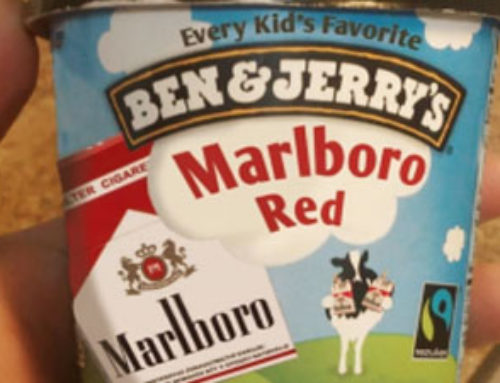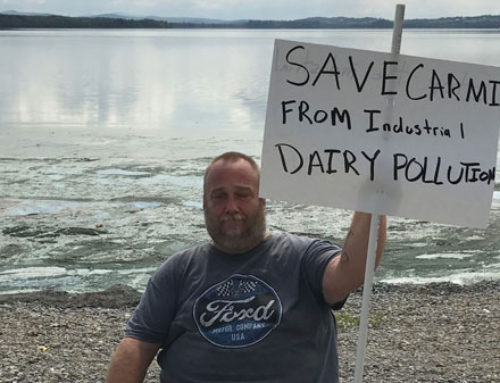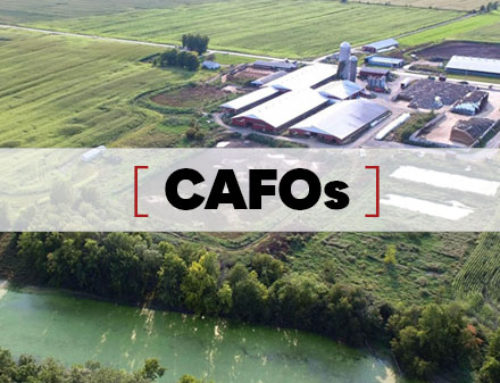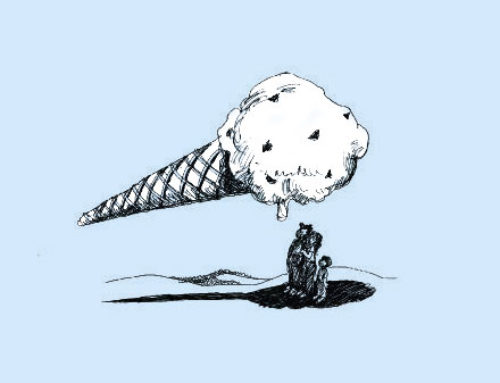Our latest deep dive into the impacts of Vermont’s large-farm dairies focused on the extensive use of antibiotics within these confinement operations, and the Ag Agency’s “look away” approach to addressing the threat of on-farm pharmaceutical overuse, which gives rise to an antibiotic-resistance threat that the World Health Organization has called among the most serious facing the world’s health systems. In the U.S. alone, there are more than 2 million illnesses and over 20,000 deaths annually from antibiotic-resistant bacteria. More than 80% of the total antibiotic usage in the U.S. occurs within agriculture, primarily from the concentrated animal feeding operations (CAFOs) that rely on routine drug use to combat the conditions – close, cramped, and filthy – that are a constant threat to animal health.
RegenVt’s antibiotics report was the last piece of what we’ve been referring to as our eight-count indictment of Vermont’s CAFO-dominated dairy industry. So it’s probably a good time to pull them all together in one, convenient roadmap of links:
All in all, it’s a stunning case, highlighting the tremendous economic, ecological, and cultural costs of clinging to an ever-failing commodity model, particularly for Vermont’s climate and land base. Our dairy farms cannot compete with the land and climate-advantaged farms of the west, not when it’s all about producing the most, rather than the best.
But Vermont keeps trying….and losing. Just last year, the state lost nearly 100 farms, most gobbled up by the bigger CAFOs, as our state’s milk output continues to rise.
But just as we’ve highlighted the problems with CAFO-style dairying, we’ve been providing a new, regenerative vision for Vermont’s agricultural future. We spearheaded the call for statewide transition to a grass-based, organic agriculture, and convinced Ben & Jerry’s (after taking them on a tour of their own dairy farms!) to begin purchasing organic dairy for its new line. And we’ve also published long narratives on what Vermont agriculture could look like beyond big dairy.
Whew. We’ve made our case. And now we’ll keep building the base and demanding the necessary shift to a regenerative model that can solve – not cause – so much of what ails the rural landscape and its people.
— Michael Colby




